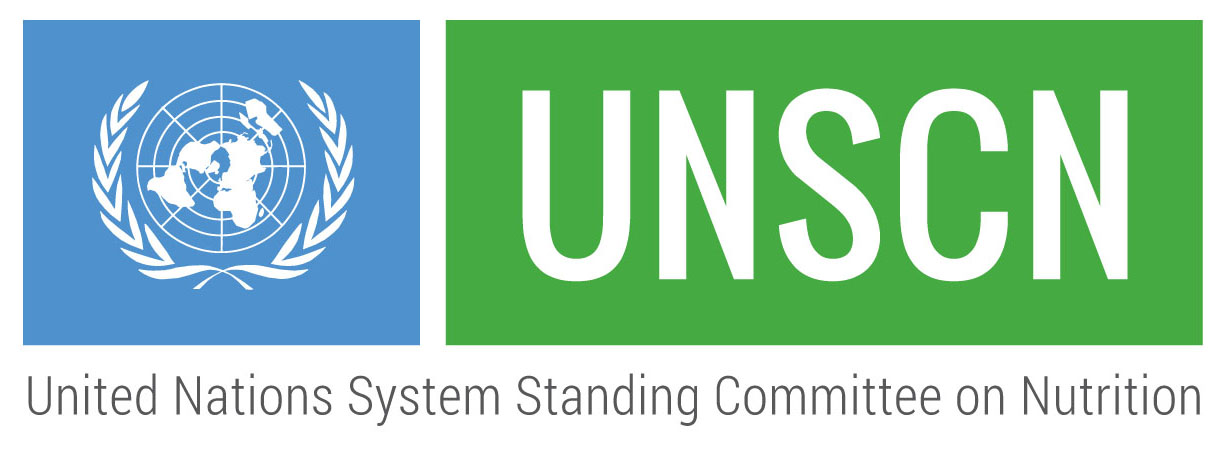Nutrition and crises
Guidance Notes on Integration of Nutrition in the UN Development Framework and in Humanitarian Situations

Bridging the humanitarian-development divide is a vital necessity for combatting malnutrition and sustaining good nutrition outcomes in today’s world. According to the 2017 SOFI report, of the 815 million undernourished people in the world, 489 million live in countries affected by fragility, conflict and violence. In the same vein, 122 million out of the 155 million stunted children in the world, reside in conflict-affected countries. The prevalence of undernourishment in such countries is usually exacerbated not only by the damages caused to food systems and livelihoods but also by the stagnation and possible loss of previous progress made on nutrition outcomes. Humanitarian crises result in multiple, complex and simultaneous challenges which cannot be sufficiently mitigated with short-term and sector-specific solutions. Mitigating adverse nutrition impacts and strengthening the resilience of communities against possible relapse of crisis therefore necessitates the engagement of multisectoral humanitarian programming, as part of a broader development assistance framework.
It is to this effect that the “Guidance Note on Integration of Nutrition in the UNDAF” (UNDAF guidance) and the “Guidance Note for UN Humanitarian Coordinators” (Humanitarian guidance) have been designed to work complementarily as tools of guidance both for humanitarian and development actors, in their delivery of sustainable nutrition interventions at country level. While the UNDAF guidance focuses primarily on assisting United Nation Country Teams (UNCTs) with the integration of nutrition into UNDAFs using a multisectoral approach, the Humanitarian guidance seeks to facilitate the formulation of integrated nutrition actions to achieve nutrition-related targets in fragile and conflict-affected contexts. In spite of the differences in their overall objectives, both Guidance Notes are particularly complementary in three major ways, including;
a. Bridging the Humanitarian-Development Divide for Nutrition Interventions: The Humanitarian guidance acknowledges the need for action beyond humanitarian assistance and thus urges humanitarian coordinators to engage with development partners to establish a humanitarian-development continuum for nutrition interventions. It calls on humanitarian coordinators to build on existing partnerships at national and local levels to facilitate smooth humanitarian-recovery-development transition actions. It further requires development actors to include costed nutrition preparedness in nutrition plans and other development frameworks such as the UNDAF. Reinforcing the same needs, the UNDAF guidance also calls for UNCTs to recognise beneficial synergies between development and humanitarian nutrition agendas and mandates the incorporation of such synergies in the design of nutrition interventions in order to enhance efficiency and avoid duplication of actions. Additionally, the UNDAF guidance highlights the incorporation of a nutrition lens into emergency or disaster preparedness responses, as one of the approaches through which nutrition concerns can be effectively reflected within the different elements of the UNDAF.
b. Ensuring Coordination between Humanitarian and Development Actors: The UNDAF Guidance highlights the need for coordinating efforts to ensure effective nutrition responses in both development and emergency situations. Such coordination is noted to be particularly useful for improving national and community capacities to recognise risks and to take necessary actions to mitigate the effects of disasters. For instance, actions such as improving national capacity to undertake nutrition vulnerability assessments and to identify and treat severe forms of malnutrition among vulnerable groups are development- humanitarian actions that are beneficial to the work of both set of actors and can be jointly coordinated.
c. Highlighting the Need for Multisectoral Nutrition Interventions: The UNDAF Guidance points out the need for nutrition specific interventions to be complemented with nutrition sensitive actions across multiple sectors including health and health systems strengthening, agriculture and food system strengthening, education, water and sanitation, gender, social protection, trade, employment and labour policies, and poverty reduction, as well as environmental impact. This will ensure that essential ‘nutrition-specific’ elements are included in the nutrition and food security related outcomes of the UNDAF, while ‘nutrition-sensitive’ aspects are included in other thematic outcomes. In the same vein, the humanitarian guidance also calls for nutrition responses that span beyond the domains of the nutrition cluster - which usually includes the treatment of wasting, support, promotion and protection of infant and young child feeding, micronutrient deficiency prevention and control - to other clusters such as the food security, WASH, health, and early recovery clusters which can also contribute significantly to heightened nutritional outcomes.
Thus, while both Guidance Notes differ in their overall objective and primary audience, they work complementarily to reinforce the need for humanitarian nutrition responses to be engrained within development plans and vice-versa. The Guidance Notes are useful for optimising nutrition interventions across different actors to ensure efficiency and sustainability as well as bridging the humanitarian and development divides.
Guidance Note on Integration of Nutrition in the UNDAF
Guidance Note for UN Humanitarian Coordinators





